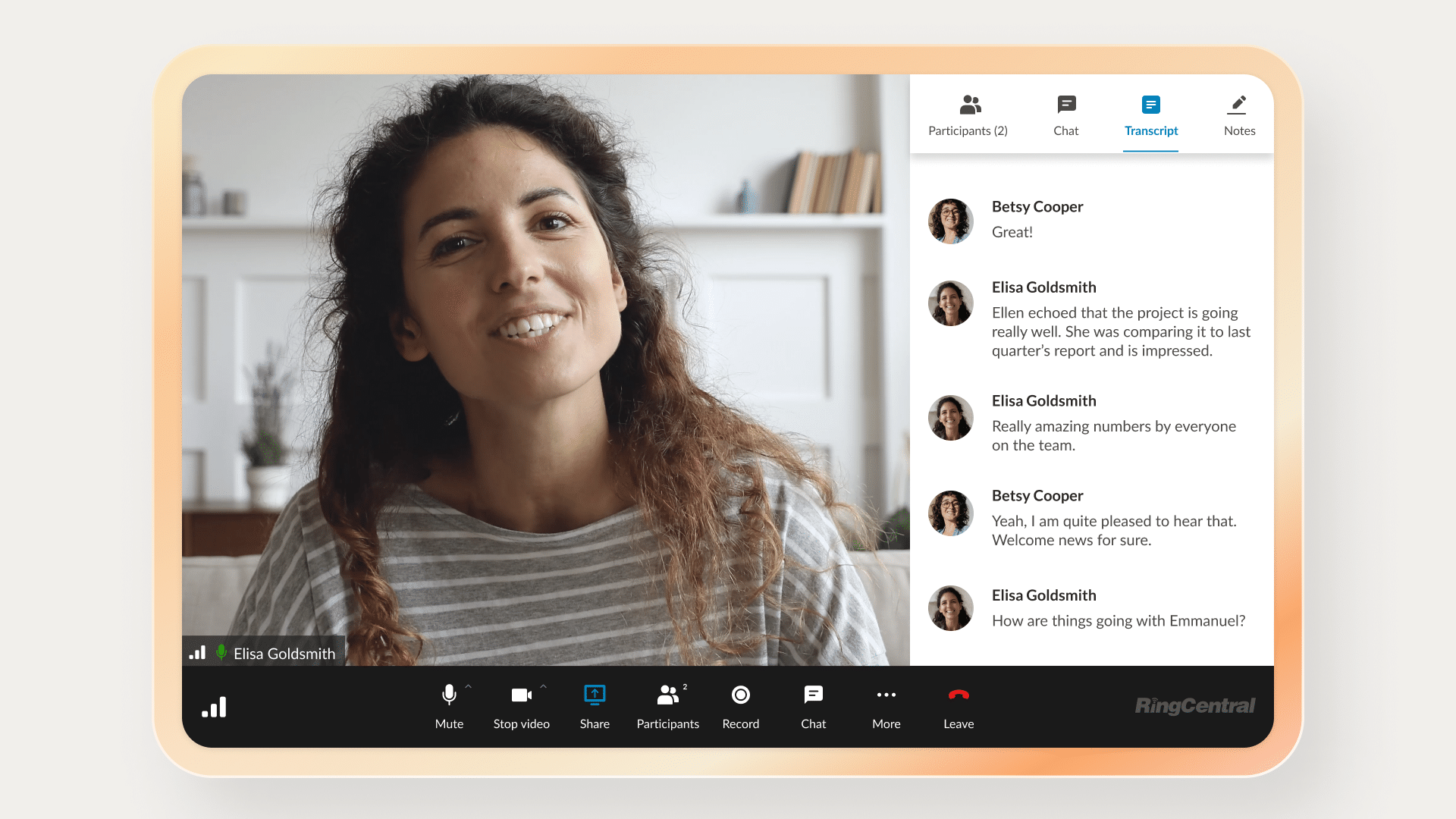Healthcare organizations face mounting pressure to improve care quality, boost efficiency, and reduce costs. RingCentral’s RingSense AI is addressing these challenges head-on by enhancing patient engagement and streamlining administrative tasks.
Nucleus Research anticipates that RingSense will deliver significant benefits to healthcare providers. Their analysis projects a reduction in call center volume by up to 20 percent and a decrease in no-show rates between 5 to 10 percent. These improvements can lead to substantial revenue capture for healthcare organizations.
How RingSense AI drive patient engagement
20%
reduction in call center volume
5-10%
Reduction in no-show rates
HIPAA Compliant
Central to RingSense’s capabilities is its ability to provide real-time transcription and call summaries within a HIPAA-compliant environment. This feature ensures accuracy in patient information capture while maintaining strict data security standards. For healthcare professionals, this means spending less time on administrative tasks and more time focusing on patient care.
Accessibility
Accessibility is another key advantage of the RingSense platform. Its live transcription and closed captioning features help break down language barriers and improve communication with patients who may have hearing impairments or difficulty with technology. This inclusivity is crucial for engaging an aging patient population that often requires more frequent healthcare interactions.

Operational Efficiency
Operational efficiency gains are expected to be substantial. RingSense’s AI-generated action items and call summaries allow healthcare workers to quickly access and act on important information from patient interactions. The platform’s sentiment analysis feature can identify potential misunderstandings, enabling proactive problem-solving and improved patient satisfaction.
Security & Compliance
Security and compliance remain top priorities in healthcare communication. RingSense addresses these concerns by incorporating strong encryption and secure communication channels, significantly reducing the risk of data breaches and non-compliance penalties that can reach up to $1.5 million annually.
Conclusion
Telehealth’s rapid adoption has highlighted the need for solutions that maintain the human element in patient care while leveraging technological advancements. RingSense aims to strike this balance by enhancing, rather than replacing, the patient-provider relationship through improved communication tools.
Intrigued by the potential of AI-powered communication in healthcare? Discover more about how RingSense is driving patient engagement and transforming healthcare delivery in our comprehensive white paper. Explore detailed insights on operational efficiencies, cost reductions, and enhanced patient care strategies that are shaping the future of healthcare communication.
Originally published Aug 05, 2024, updated Aug 14, 2024
